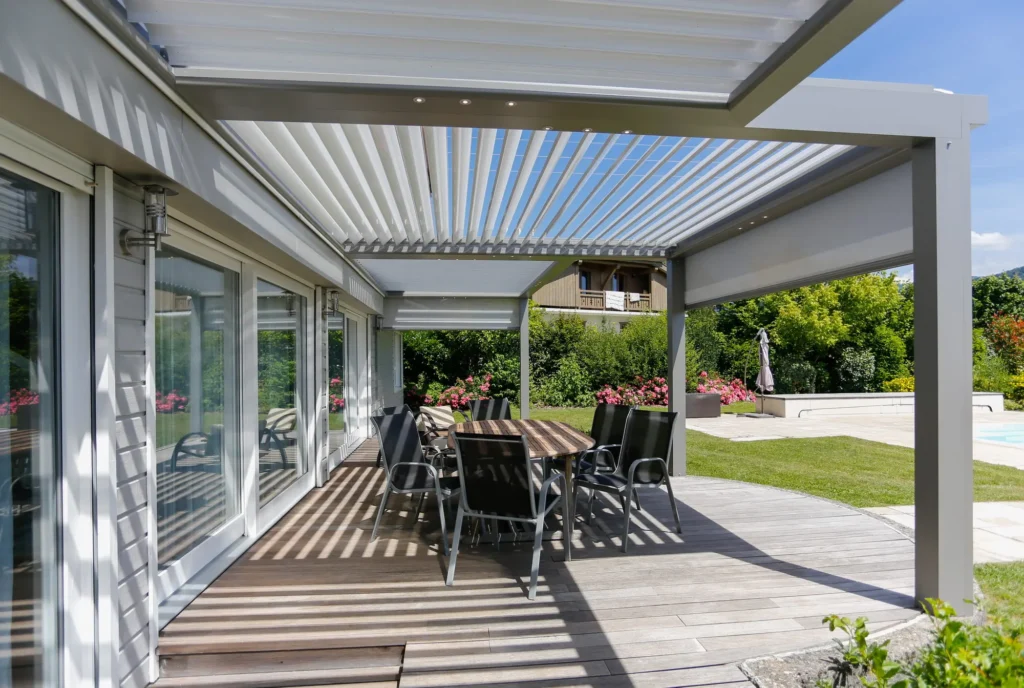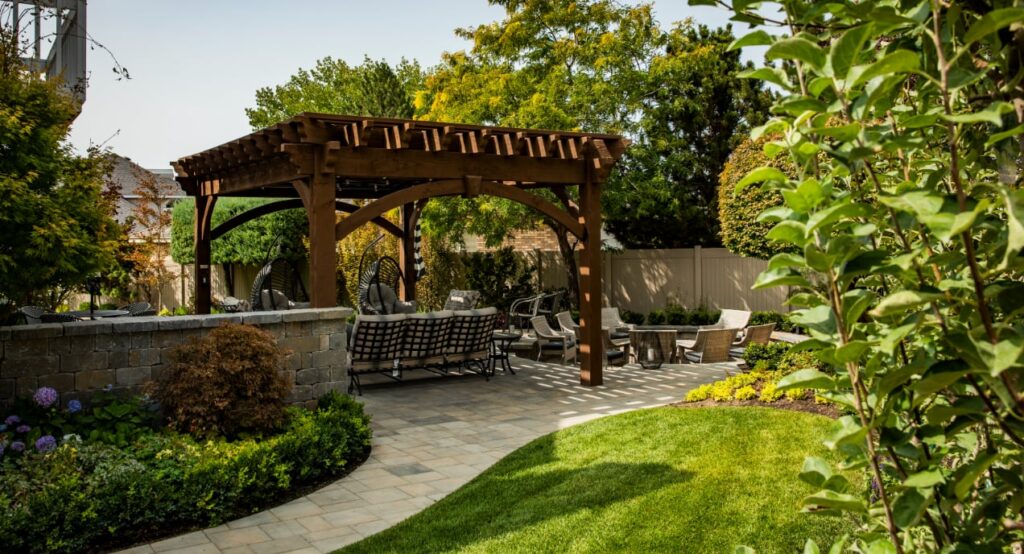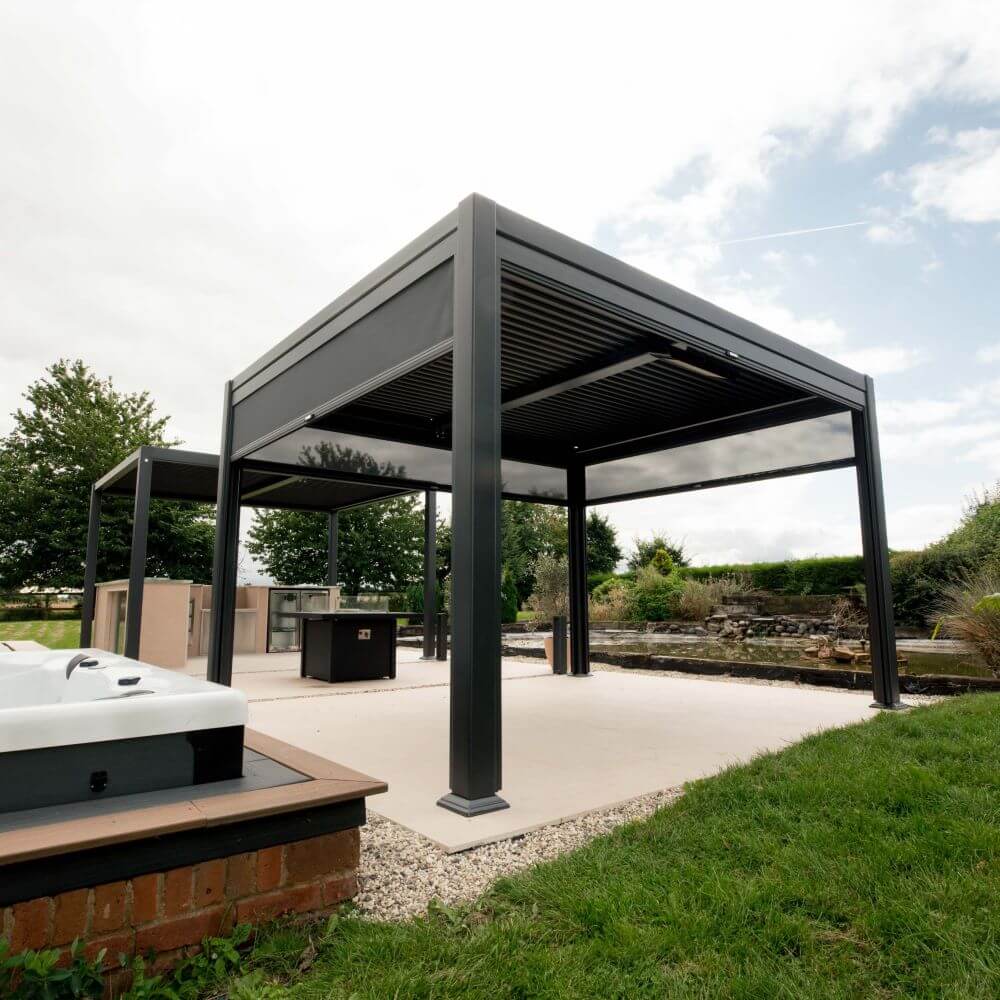A pergola is not just a garden or terrace decoration, but a convenient and functional addition to the site. It creates a cozy relaxation area, protects from the sun and gives the yard a stylish look. Thanks to the variety of shapes and materials, you can choose an option that fits perfectly into the landscape and meets your needs.
However, before buying, it is important to understand the types of pergolas and choose the right material. This affects not only the appearance of the structure, but also its durability, resistance to weather conditions and the need for maintenance.
What to look for when choosing
It is important to consider several factors before buying:
- Climate. In areas with heavy rains and winds, it is better to choose metal or bioclimatic models. A wooden structure is also suitable for warm regions.
- Size. The pergola must correspond to the territory where it will be installed.
- Functionality. Do you just need shade or protection from rain and snow? The choice of construction depends on it.
- Mounting. Ready-made models are convenient, but require professional installing pergola. Self-installation is possible if the structure is light.
- Design. It should be combined with the general style of the plot, house and garden.

Types of pergolas
There are several main types of pergolas, and each of them has its own characteristics.
- Classic is a simple construction with open sides and overlaps on top. It creates shade, but does not protect from rain.
- Awning room — equipped with a folding fabric roof, which can be removed or opened if necessary. A great option for terraces and patios.
- Pergola gazebo — combines the functions of a gazebo and a classic pergola, often used for recreation areas.
- Wall—mounted – it is attached to the wall of the house and performs the function of a terrace. It is often complemented by sliding curtains or screens.
- Bioclimatic — has movable slats in the roof, which can be adjusted to protect from the sun and rain. A modern and functional solution.
When choosing a pergola, it is important to consider what it is needed for: just for shade, to protect from precipitation, or as a full-fledged resting place.

Materials for pergolas
The durability, care, and appearance of the structure depend on the material. The most popular:
- Tree. A natural material that fits well into the natural landscape. However, it requires care — painting, treatment from moisture and pests.
- Metal. Strong and durable structures. Aluminum and steel are most commonly used. Aluminum does not rust, is lightweight and does not require special care, unlike steel.
- Plastic and PVC. Inexpensive, lightweight and not afraid of moisture. But the appearance is not always aesthetic, and over time they may lose their shape or color.
- Combined ones. There are often models where wood and metal or metal and fabric are combined. This makes the structure more reliable and beautiful.
A pergola is not only a courtyard decoration, but also a practical solution for relaxation. The choice depends on the tasks: the classic model is suitable for a shady corner, the bioclimatic one is suitable for year—round use, and the wall-mounted one will create a cozy area on the terrace. The main thing is to take into account the material, dimensions and climatic conditions so that the structure lasts a long time and pleases the eye. And when installing complex models, it is better to entrust the installation of pergola to specialists.

